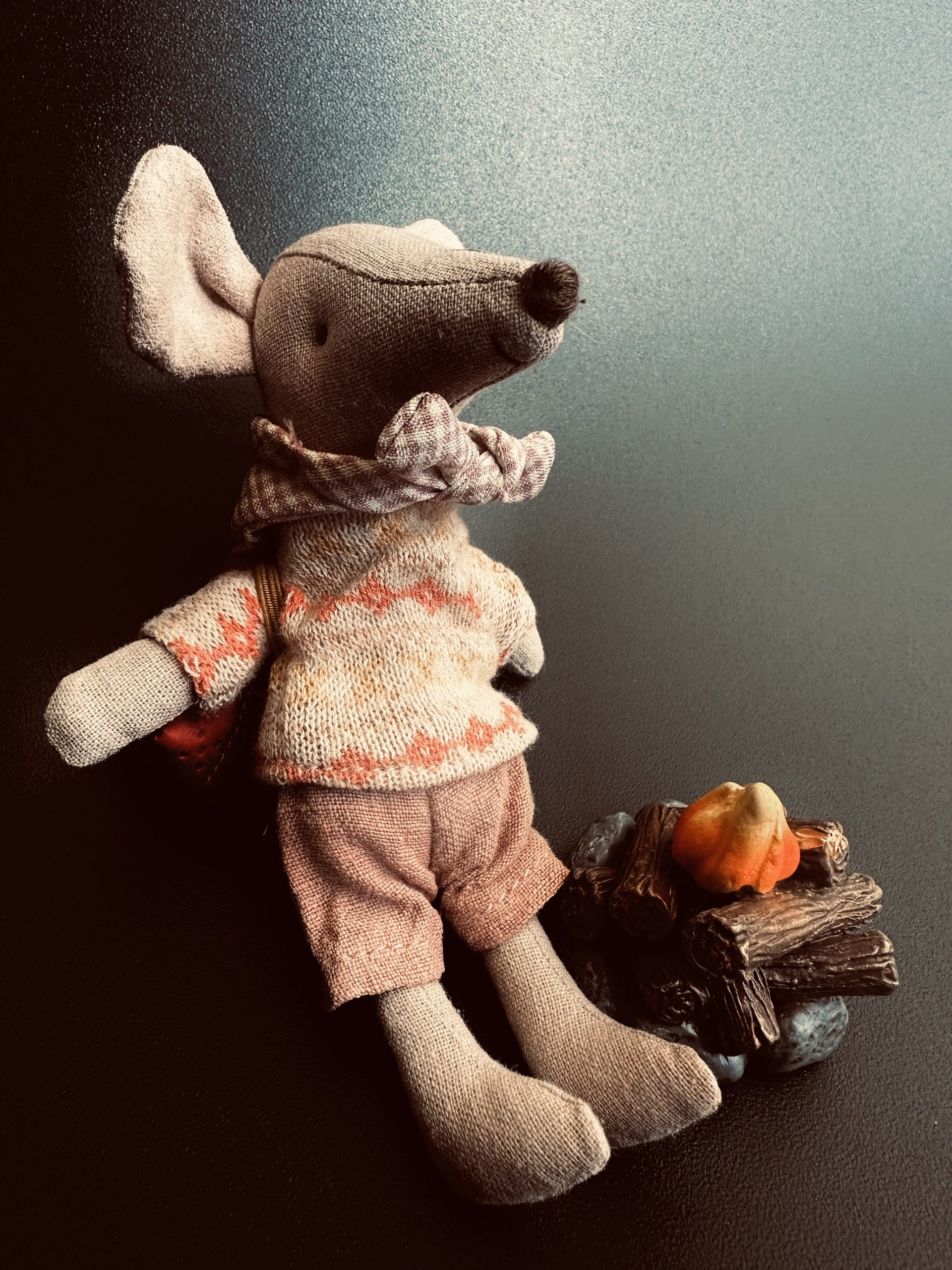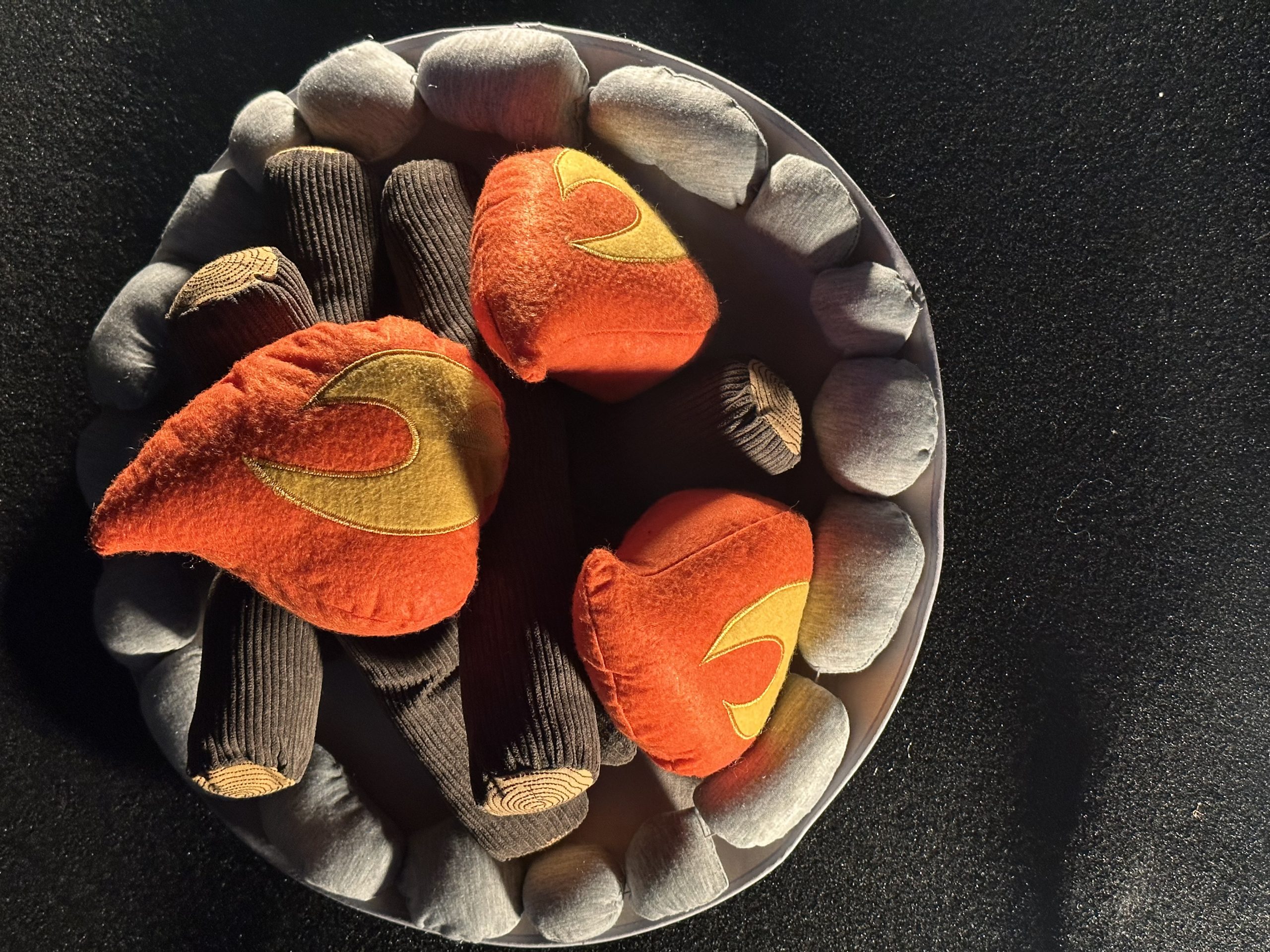
If my now adult children are talking about their homeschool experience, they will always say something like, “We homeschooled ourselves.”
I used to get offended and prickly. I’m older now, and have done some thinking about this analysis. The truth is, I purposed to produce learners who could self-feed. I knew that this goal would not be achieved without intentional planning. What my children, perhaps, do not have a full-orbed understanding of is how much time I spent purchasing, planning, preparing, providing and persevering along the way, keeping the perspective of their unique persons in focus.
Tip Number 8.
Promote Negentropy
Yes, negentropy.
The opposite of entropy.
Negentropy is the work of becoming less disordered, which will never happen spontaneously!
This is precisely the work that we engage in when we teachers set out to plan and prepare for a new school year. I have four things to suggest that you keep in mind as you move forward into planning:
- Laying out a big-picture plan
- Ordering the steps of the pathway
- Honoring the individual participants
- Expecting the unexpected detours
Whether your students are in elementary, middle, or high school, there is always a need for the big-picture plan. This is the first step of negentropy as you bring order and structure to your building plan. How the building blocks of learning are assembled has much to do with the end result. Skipping pieces or leaving gaps will leave weaknesses and create problems that will need to be addressed sooner or later. Referring to the bird’s-eye-view of the plan throughout the year will help keep you moving toward the larger goal being accomplished and will assist you in adjusting the plan each new school year.
The next step is to create a plan to accomplish the current year’s blocks for building. This will require some type of planning schedule or calendar. I used a master plan overview but also created separate schedules for each of my four children that were used by them daily and updated by me monthly. My oldest daughter, who now homeschools, has a master planner that has all of her children’s plans listed in one location that is shared by all. Choose a method that works for you with your style of education and engage in the work of negentropy by plotting out the daily work expectations for each subject. This detailed breakdown will allow you to look at workload, pacing, and interaction between subjects that makes sense for your students’ schedules.
One critical thing to consider as you plan is honoring the participants and their unique needs. Most programs provide some sort of suggested plan for getting through a curriculum. And Blackbird & Company ELA is no exception, offering yearly outlines, a five-weeks-at-a-glance schedule for our CORE Integrated Literature and Writing, pacing built into student guides, plus a longer planning offering coming this spring. Stay tuned. Generally speaking, at minimum you can take any text, divide its pages by the number of school days, and have some idea of how fast you need to move through the subject. But this does not take into account your family calendar, outside activities, other courses being conquered, learning struggles, or unique family situations that dictate schedule anomalies. Every year will look different. Every child develops at a different pace. One size can never fit all. This part of your planning is where you cater your plans to your people, exercising negentropy as you decide what is best for your students. This is hard work up front that paves a way for a smoother ride during the year.
Finally, expect the unexpected. This is negentropy in action—pushing against the chaos that will hit us if we fail to leave room for what we cannot know. And this is why all planning should always be done in pencil. The plan brings great benefit as a tool for purposeful progress, but there is wisdom in holding that plan loosely. From family crisis to great unseen opportunity, none of us knows what is around the next bend. We do well to allow the space and flexibility to bend with the wind when it blows, whether icy blasts or tropical breezes. And those winds will blow. This does not mean that you need to throw in the towel and give up. It means that you step back, look at the big-picture, and revamp the plan. It may mean that you readjust timelines. School can go year round, follow a traditional plan, or stretch out at a more leisurely pace into the summer. And that can look different every year!
Set the momentum of negentropy going in your home now. It’s never too early!
It starts with a BIG plan, one that gets fleshed out with good curriculum that serves your special people, that enables you to nurture, and to eventually launch your wonderfully unique birdies out of your family nest. I promise you, it will not look the way you thought it would, but it will be rich, and satisfying, and so much more peaceful with the help of a plan.
~Cathi







